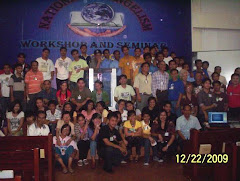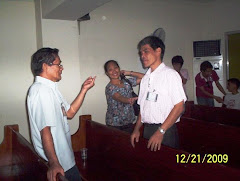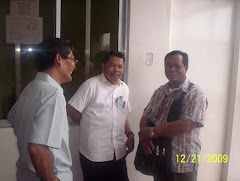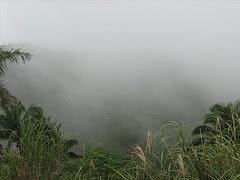
Change! It should be a welcome thing for you and for me. For without it, there would have been no butterflies. All our sunsets and sunrises would have the same worn-out look all year-round. Clouds above us would be like flotsam floating and drifting toward ennui’s sea. Without change, mind you, every day for three hundred sixty-five and one-fourth days of our lives, the rains of heaven would wearisomely patter in the same old measured drops that could not initiate a reading on a rain gauge; we like rains to come pouring sometimes. Heaven’s display in that dimension creates in the beholder such malaise that lingers on —never interesting, never exciting.
You may welcome that cherub face of a darling babe at birth, but at age thirty that cherub face of a darling babe is already a “Bondying,” a tiresome monstrosity, better retired. Oh, when will he ever grow up? you would say in much exasperation.
Because there is change, each day comes to us with a hope that the burden that in the past was too heavy would now be lighter. Since tears have already run dry on the pillow of last night’s weeping, the pain of today would be bearable, or otherwise banished. Smile now adorns that once mournful face.
Change is welcome. You suspect that aging is a terrible thing? It crowns your calendar days with experiences too great and too noble. Maybe you still wanted to be the star on the football field, or the greatest marathoner the world had ever seen. But wait, do not arthritis and muscle pains too come with their own blessings? Arthritis and its accompanying pains are like a pair of wheels in a wheelchair to carry you and give you that much-needed respite from the labors of the day. Is not dementia a state of mind and body that needs a welcome hug? It is to make you forget even the pains and hurts of past struggles with men and weather and worries. Think that that star you had been should now become an icon to be admired and memorialized. Know too that that greatest marathon runner that was you should now be watching other runners pass before your eyes. You were the first and they are just making their own niche next to yours. Relax and retire now those athletic shoes and start savoring the joys of the man you had once been
We need change to flavor our days, even to savor with renewed joys those days of our past joys. We need change to let that once bragging youth give way to the mature man, and make us better persons.
We need change badly. The man that we once were should now retire. We need to replace that anger with love. We need to throw away those words that make pain and create hurts in the hearts of other people, and substitute warmth in its stead.
Wonder why God chooses older men to be elders in the congregation? Because God wants older men to set the stage of a new world that He wants to create. Because as you age, your strength too diminishes. And as your strength diminishes you do not need to fight it back by still shouting at the top of your voice! The young who will hear you do not believe that you can carry out your threats! Besides, an old man who pounds tables is to me all short fuses but no gunpowder! He is the last crack of lightning in the night-time sky. All pfft and no put.
The world that we are needs to grow old and die. But it has to grow old in grace and die in grace. And as we grow old, as we lay dying there, welcome the young on that stage which is the finality of our earthly struggles. We are at the center of it, they watch us leave. Like the ancients who grew old in grace, let us let that grace wrap itself around us as we leave the world of the living. Let our footsteps be for the young to trace, and our lives their examples to emulate.





